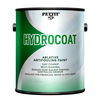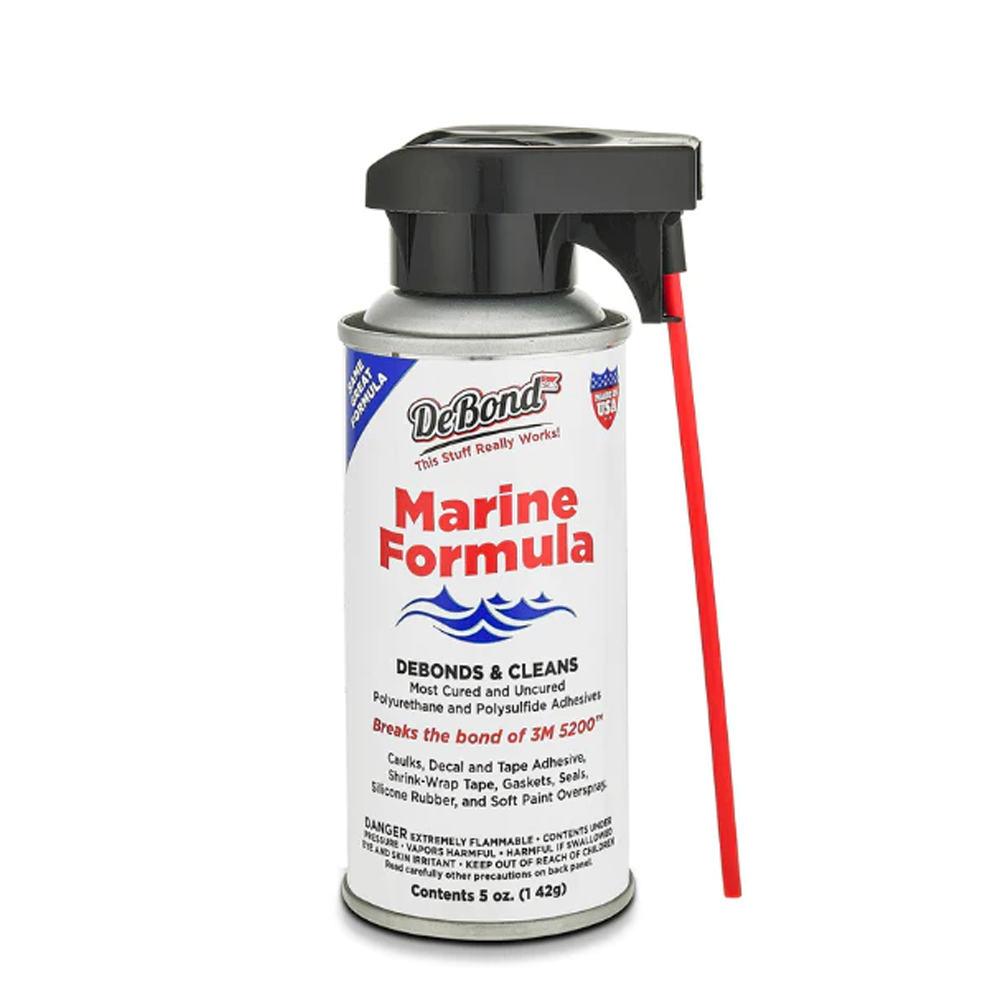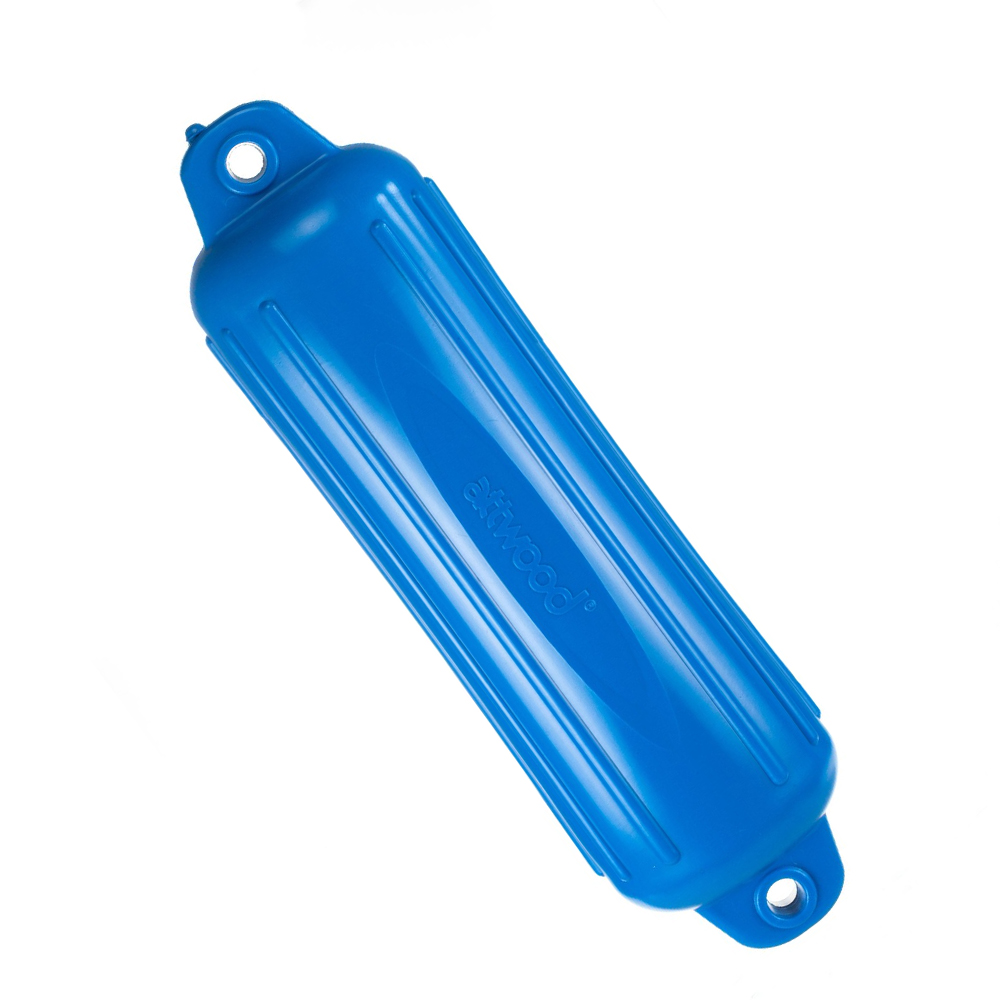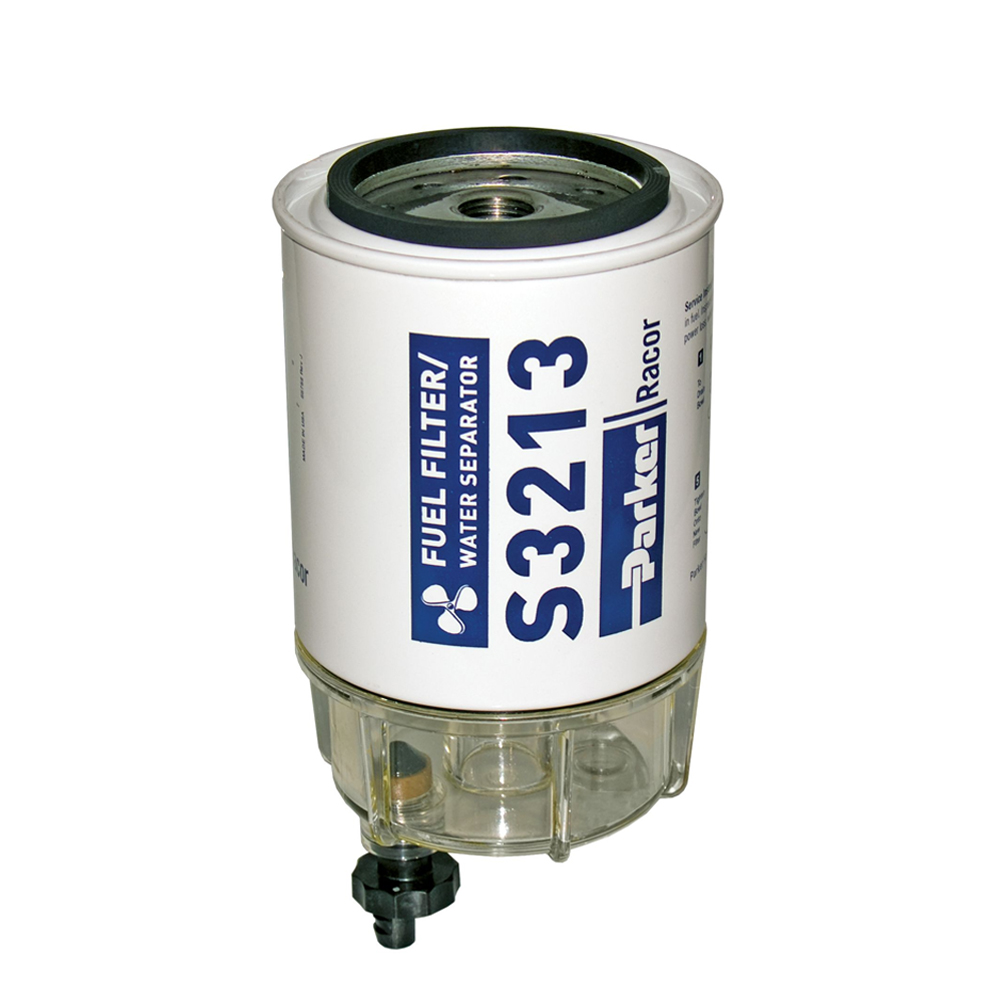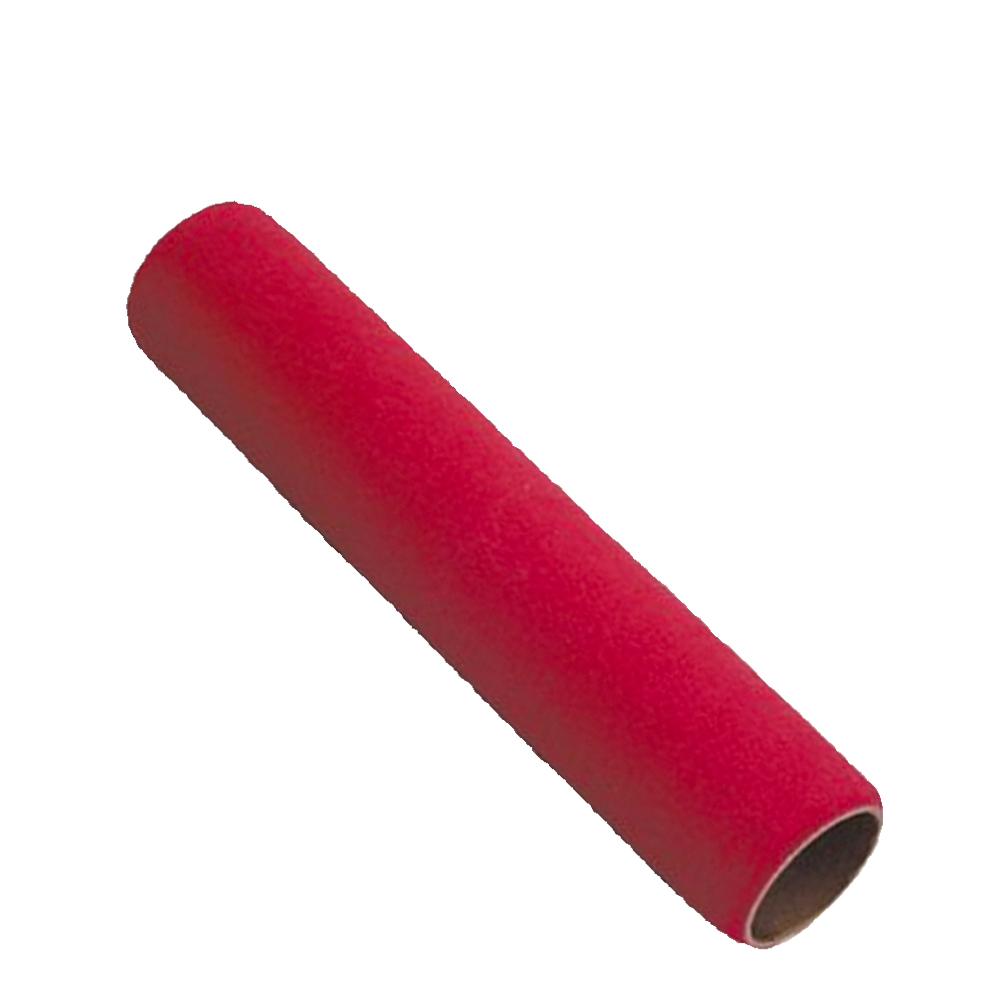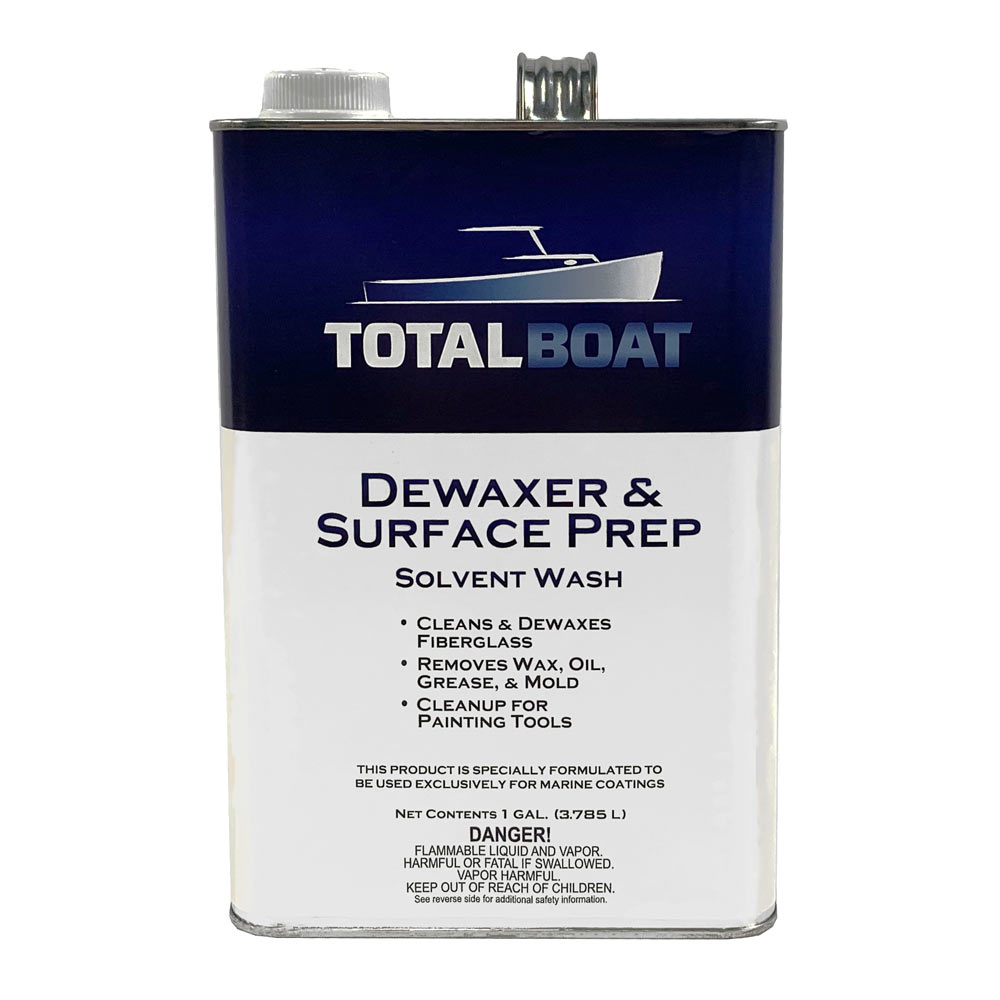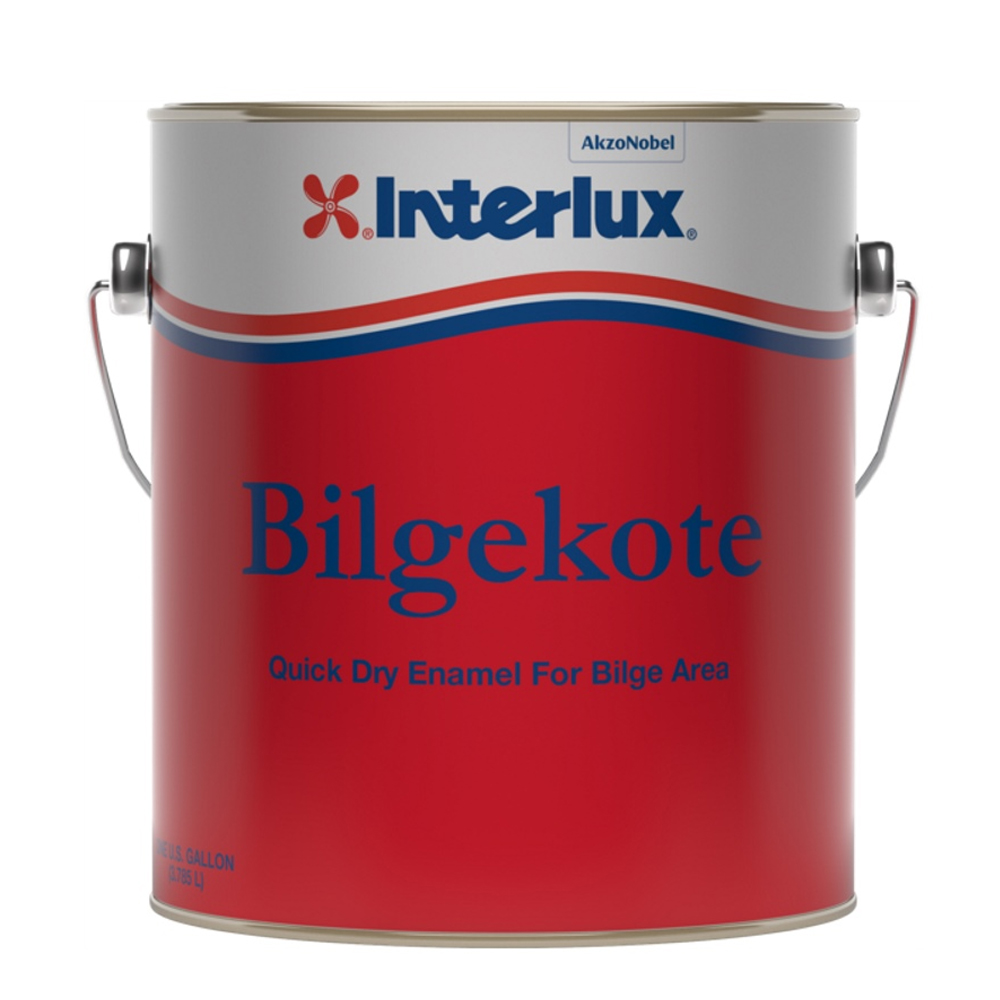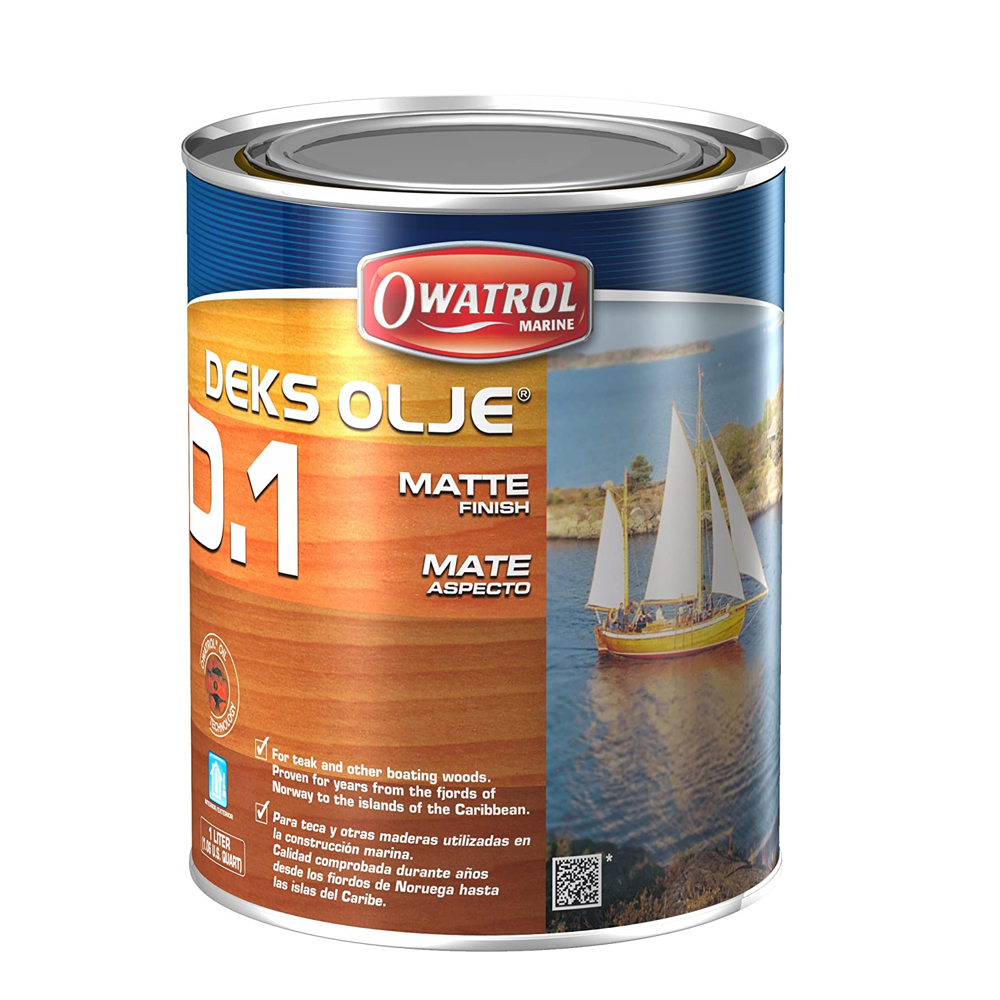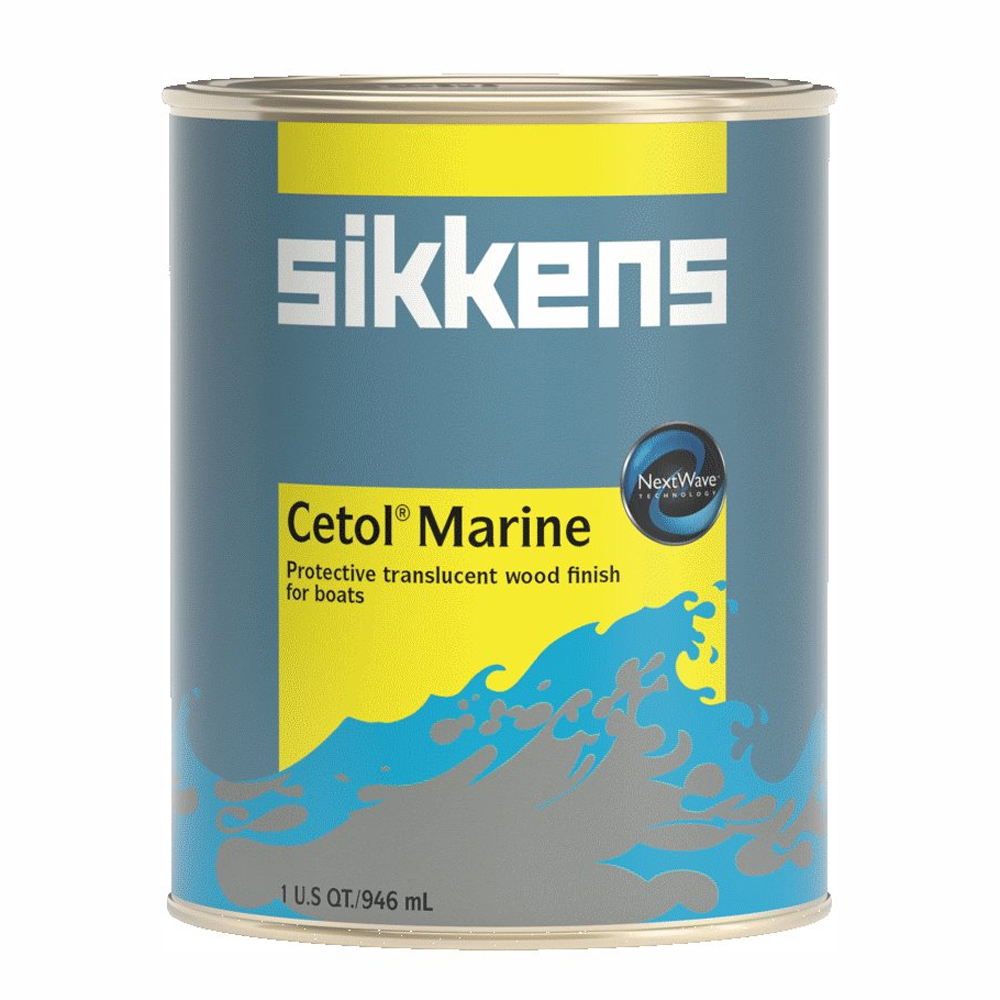- Home
- / Paints
- / Bottom Paint
Pettit Hydrocoat is an easy to apply ablative antifouling paint with a smooth finish for performance. This water based bottom paint complies with air pollution VOC regulations so it is environmentally friendly and safe to use and offers multiple season protection with the benefits of ease of application, minimal odor and quick cleanup using water. When properly applied, this paint will withstand frequent trailering, beaching and launching. Available in Quart and Gallon sizes. Choose Black, Blue, Green, or Red.
REBATE: 2023 Pettit Fight Fouling Mail-In Rebate Program. Get $50 back per gallon of Hydrocoat - see the INFO & GUIDES tab for details!
| Dry Time at Substrate Temperature | To Touch | To Recoat | To Launch |
|---|---|---|---|
| 90°F | 1/4 hour | 1.5 hours | 12 hours |
| 70°F | 1/2 hour | 3 hours | 16 hours |
| 50°F | 1 hour | 6 hours | 48 hours |
2023 Pettit Fight Fouling Mail-In Rebate Program
Save $25 per Gallon on Pettit Odyssey HD, save $50 per Gallon on Pettit Hydrocoat via manufacturer's mail-in rebate - between February 15, 2023, and May 31, 2023 - LIMIT 2 Gallons per customer. See the 2023 Pettit Fight Fouling Mail-In Rebate form for complete details.
ABOUT HYDROCOAT
Hydrocoat contains drag reducing PTFE and dries to an easily burnished slick film for maximum hull speed. Plus, the controlled erosion of ablative paints reduces coating buildup while the loading of cuprous oxide content combats marine growth in highly fouling waters. Thus, a hull which uses Hydrocoat should only require a simple pressure wash upon haul out to remove growth and prepare the hull for recoating and launching.APPLICATION INFORMATION
Hydrocoat contains cuprous oxide. As a result, there is a tendency for settling to occur, especially if the paint has been on the shelf for several months. It is necessary to thoroughly mix the paint before using. If possible, shake the can of paint on a mechanical paint shaker. Before using, check the sides and bottom of the can to make sure all the pigment has been mixed in. If mixing is going to be done with a wooden paddle or an electric drill mixer, pour off half of the liquid from the top of the can into another can and then properly mix in any settled pigment; then remix the two parts together thoroughly. Adhere to all application instructions, precautions, conditions, and limitations to obtain optimum performance. Refer to individual labels and tech sheets for detailed instructions when using associated products, etc. When spraying, do not thin Hydrocoat more than 10% (12 ounces per gallon) or inadequate paint film thickness will occur and premature erosion of the finish will be likely.SURFACE PREPARATION
Coating performance, in general, is proportional to the degree of surface preparation. Follow recommendations carefully, avoiding shortcuts. Inadequate preparation of surfaces will virtually assure inadequate coating performance.MAINTENANCE
No antifouling paint can be effective under all conditions of exposure. Man made pollution and natural occurrences can adversely affect antifouling paint performance. Extreme hot and cold water temperatures, silt, dirt, oil, brackish water and even electrolysis can ruin an antifouling paint. Therefore, we strongly suggest that the bottom of the boat be checked regularly to make sure it is clean and that no growth is occurring. Lightly scrub the bottom with a sponge or very soft brush to remove anything from the antifouling paint surface. Scrubbing is particularly important with boats that are idle for extended periods of time. The self-cleaning nature of the coating is most effective when the boat is used periodically. Burnishing of the surface to create a slicker finish should be done with 400-600 grit wet-or-dry paper after the coating has dried for seven (7) days.There is no maximum drying time before launching.
Technical Information
- Finish: Flat
- Curing Mechanism: Solvent Release
- Solids (theoretical): Weight- 73 +- 2%, Volume- 40 +- 2%
- Coverage: 430 sq. ft./gal.
- VOC: 150 g/l max. (1.25 lbs/gal)
- Flash Point: None
- Application Method: Brush, roller, airless or conventional spray.
- Number of Coats: 2 minimum with additional coat at waterline recommended.
- Dry Film Thickness per Coat: 1.5 mils (3.75 wet mils)
- Application Temp: 50Deg F. Min., 90Deg F. Max.
- Application Humidity: 0% Min., 85% Max.
Recommended Products
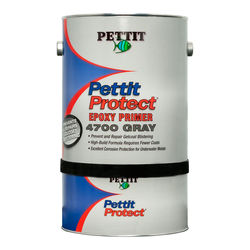

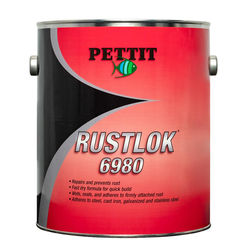

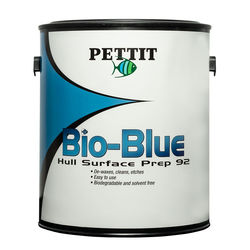
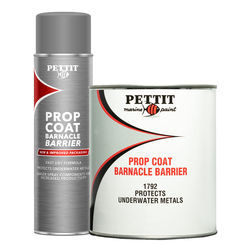

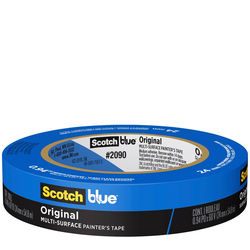
Reviews for Pettit Hydrocoat Antifouling Bottom Paint
Verified Purchase
Goes on easily. Dries fast. Easy cleanup!!
Was this review helpful to you?
Verified Purchase
Minimal growth, easy pressure wash clean. Will touch up in fall on nice day. Used about 10 years
Was this review helpful to you?
Verified Purchase
I have used this paint for several years. I power wash and apply. I do this every two years. A diver periodically wipes down the bottom to remove slime. This is needed with the same frequency as with Micron 66,which I previously used. Hydrocoat gives a smoother finish, and requires very little sanding.
Was this review helpful to you?
Verified Purchase
I bought an old boat with bottom paint in poor condition. I want to strip the bottom paint and do a nice job but no time this season so I tried to find just any bottom paint to do touch up. This stuff goes on fantastic and looks amazing, even without prep and over the crusty old stuff. I love it. I hope it does well in the water. I'm just about to launch mid August so I'll have to report back about the anti fouling but at this point I am thrilled with the product.
Was this review helpful to you?
Verified Purchase
Absolutely the best paint for my sailboat
Was this review helpful to you?
I used Hydrocoat on a 2006 Bayliner 285. I had the bottom blasted and I prepped the bottom with solvent applied two coats of barrier coat and two coats of Hydrocoat. Two years later I applied a third coat. It really didn't need it but I had almost a full gallon from my first application. It really didn't need it I was just trying to use the paint before it became unusable. This all started seven years ago. The boat is a freshwater boat used on eastern Lake Erie. I sold the boat four years ago and it is still docked at my same marina. The bottom still looks great. I will be applying Hydrocoat to the boat I own now.
Was this review helpful to you?
Verified Purchase
Easy to use
Was this review helpful to you?
Verified Purchase
Easy to use and it works better than other bottom paints i have tried.
Was this review helpful to you?
I was a faithful CSC user for 30 years. Three years ago I changed over to Hydrocoat during our last vessel purchase. The results have been great. Hull is nice and clean after fall wash down each year.
Was this review helpful to you?
Verified Purchase
Went on very nicely, but don't know how it will hold up reason for only 4 star. Have not had the boat out yet to try.
Was this review helpful to you?
